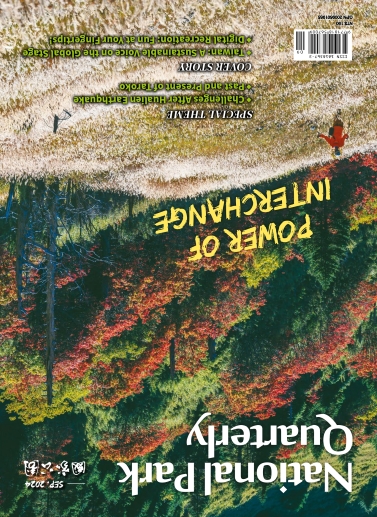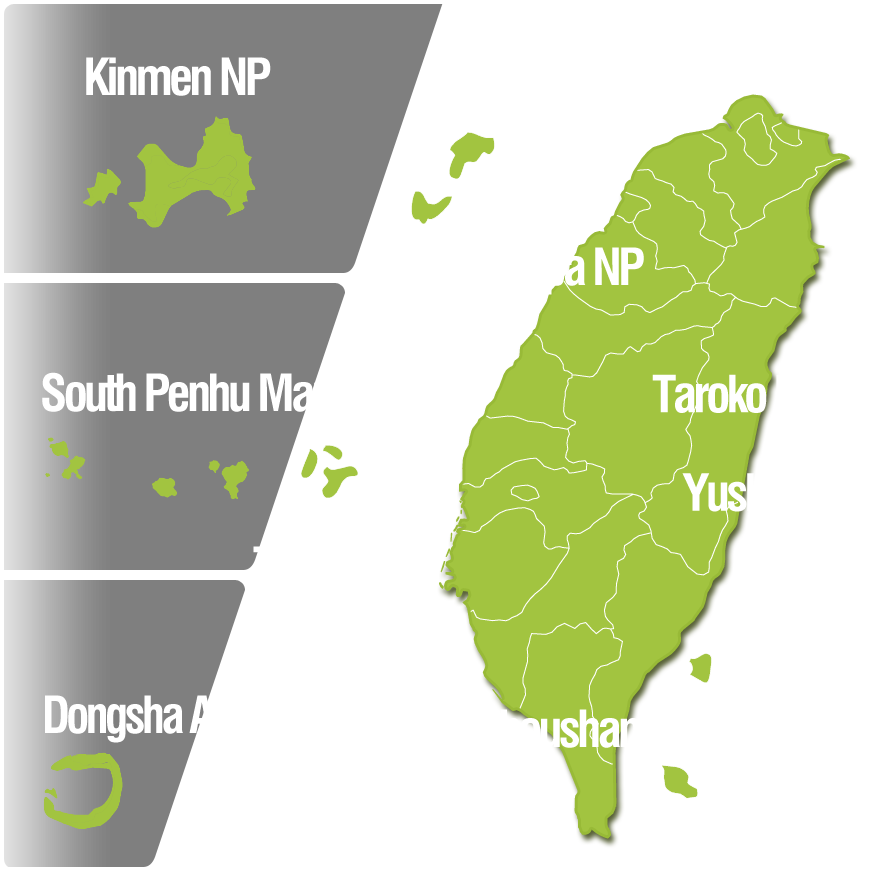News More News
Topics More Topics
The Overseas Chinese Culture, Old Western-Style Buildings, and Everlasting Sentiment Towards "Luofan" in Kinmen
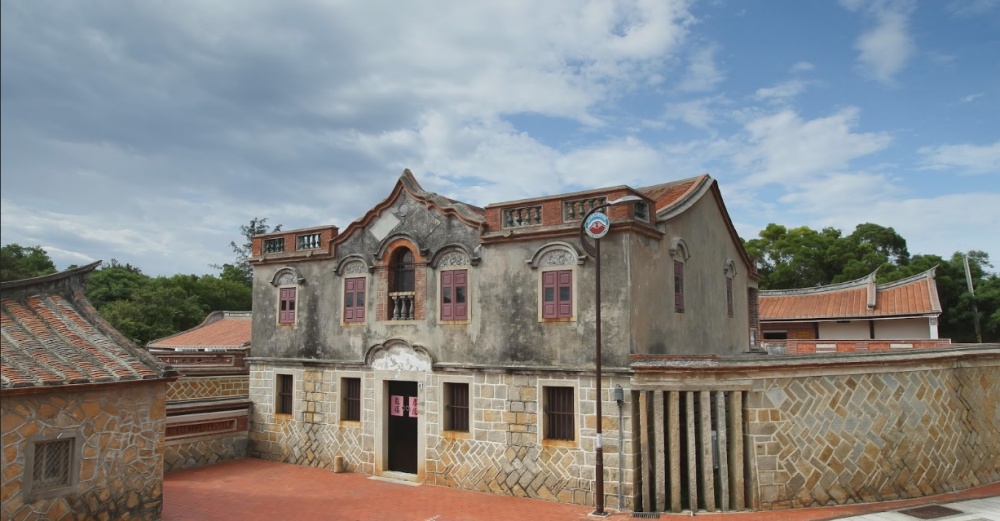
Events More Events
photo gallery
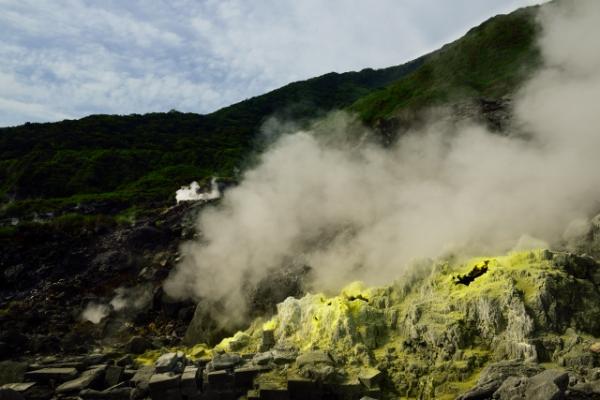
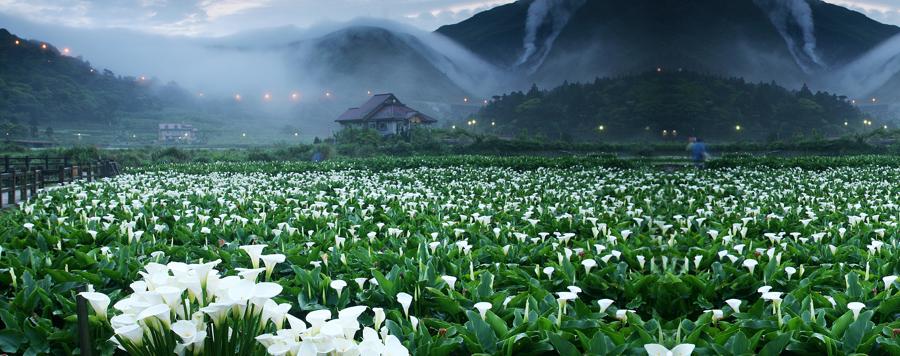
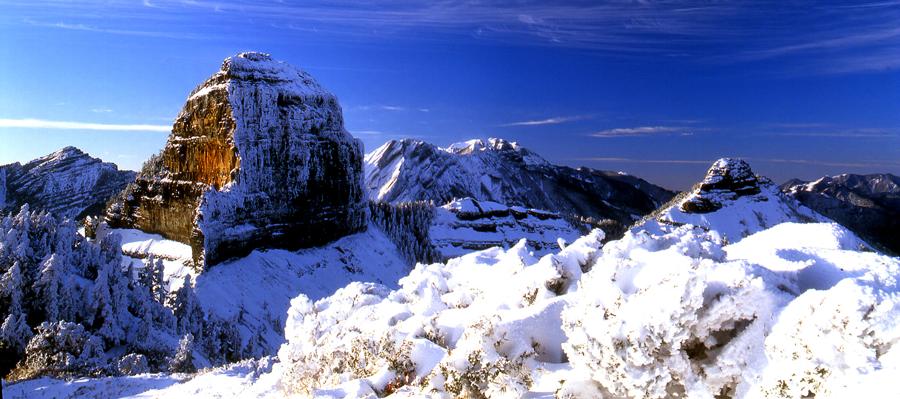
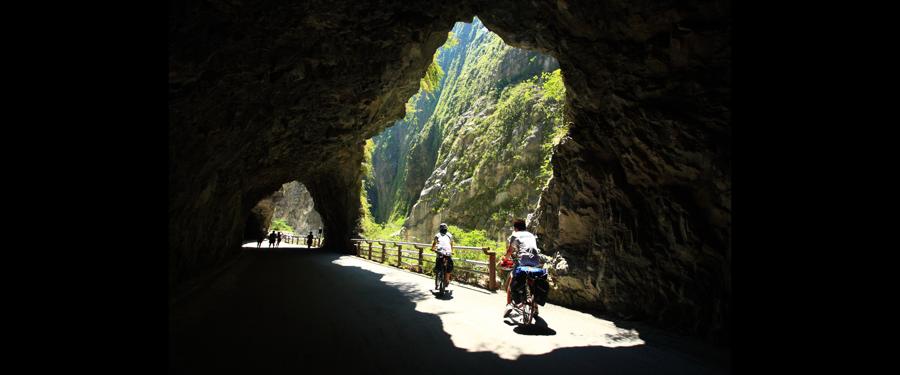

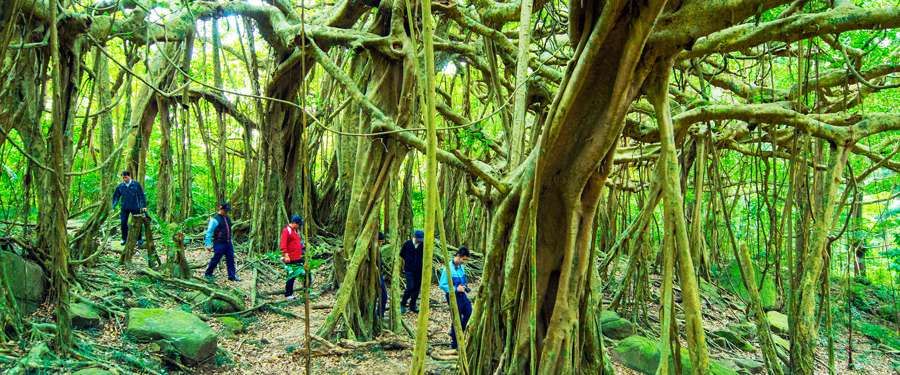
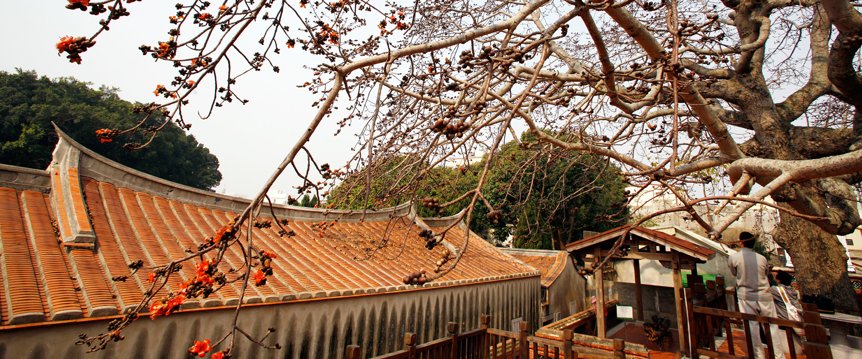
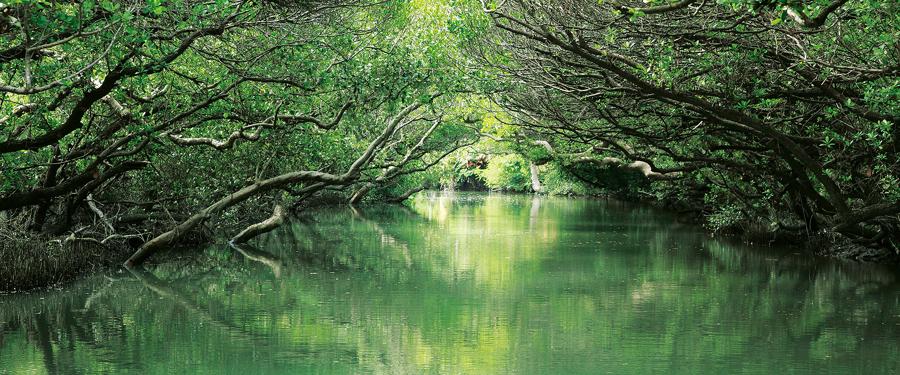

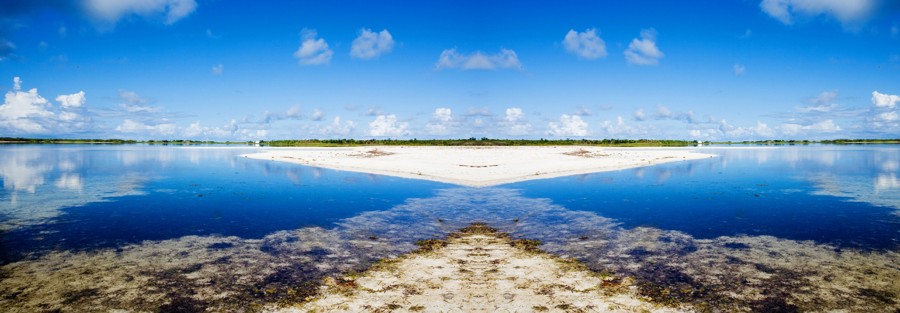
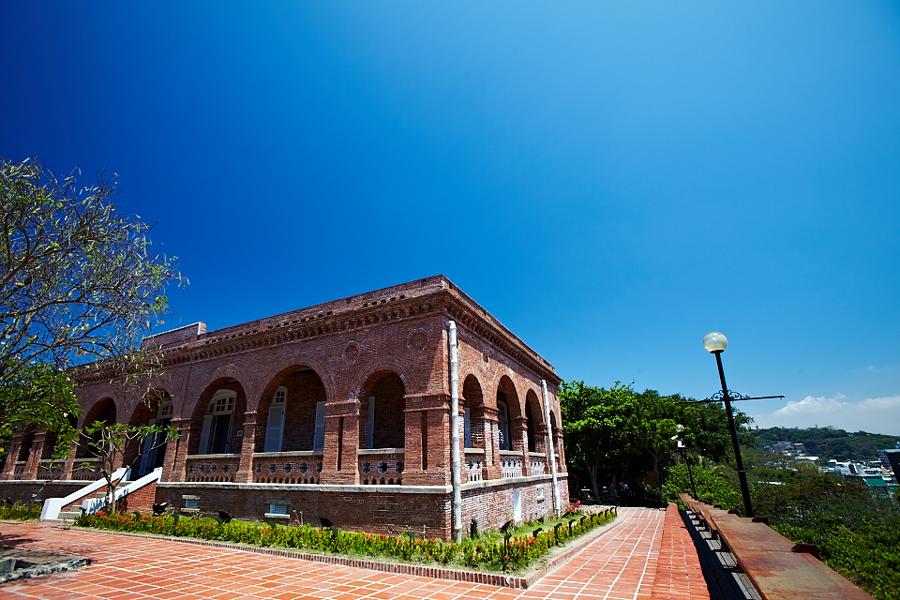

Yangmingshan National Park was officially the third national park established in 1985. The Park is located in northern Taipei City, and easily accessible from downtown.

Shei-Pa National Park located in the central part of Taiwan around the peaks of Hsuehshan and Dabajian Mountain, with an area of 76,850 hectares. The Park was founded to protect and study this splendid wilderness, maintaining the natural environment and all forms of life it includes.

Taroko National Park is located in the east of Taiwan. It lies across 3 administrative areas, Hualien County, Taichung County, and Nantou County. Taiwan's Central Cross-Island Highway crosses the park, which is at the eastern end of the highway.

Yushan National Park is located in the Central Mountain Range of Taiwan. It crosses over the four couties of Nantou, Chiayi, Kaohsiung and Hualien, covering a vast expanse of area of over 105,000 hectares. It is a typical subtropical mountainous nation park.

Kenting National Park is located at the southern tip of Taiwan. With warm climate, pleasant scenery, and easy access, it is one of the most popular resorts, attracting millions of both domestic and foreign tourists every year.

Kinmen National Park covers the center of Kinmen Island as well as the northwestern, southwestern and northeastern corners, the around-the-island highway on Lieyu (Little Kinmen) and surrounding areas.

Taijiang National Park is located in the southwest of Taiwan. Overall the park's planned area stretches from the southern sea wall of Qingshan Fishing Harbor to the south bank of Yanshui River and is mostly public coastal land.

The South Penghu Marine National Park, the ninth national park and the second marine national park of Taiwan is born in 2014. It is located between Wangan and Chimei of Penghu and consists of four main islands Dongjiyu, Xijiyu, Donyupingyu,Xiyupingyu, many islets, rocks and surrounding waters.

The Dongsha Atoll National Park is the seventh national park in Taiwan, managed by the Ministry of the Interior. It was established on January 17, 2007. The Park is located in the north of South China Sea, is about 400 Kilometers from the island of Taiwan.

Shoushan National Nature Park located in Kaohsiung includes natural terrain and historical sites such as Shoushan, Mt.Banping, Gueishan, Old Zuoying city, and Mt. Qihou.Shoushan Park was the first people promoted Nature Park then later established by the officials.
NP quarterly
